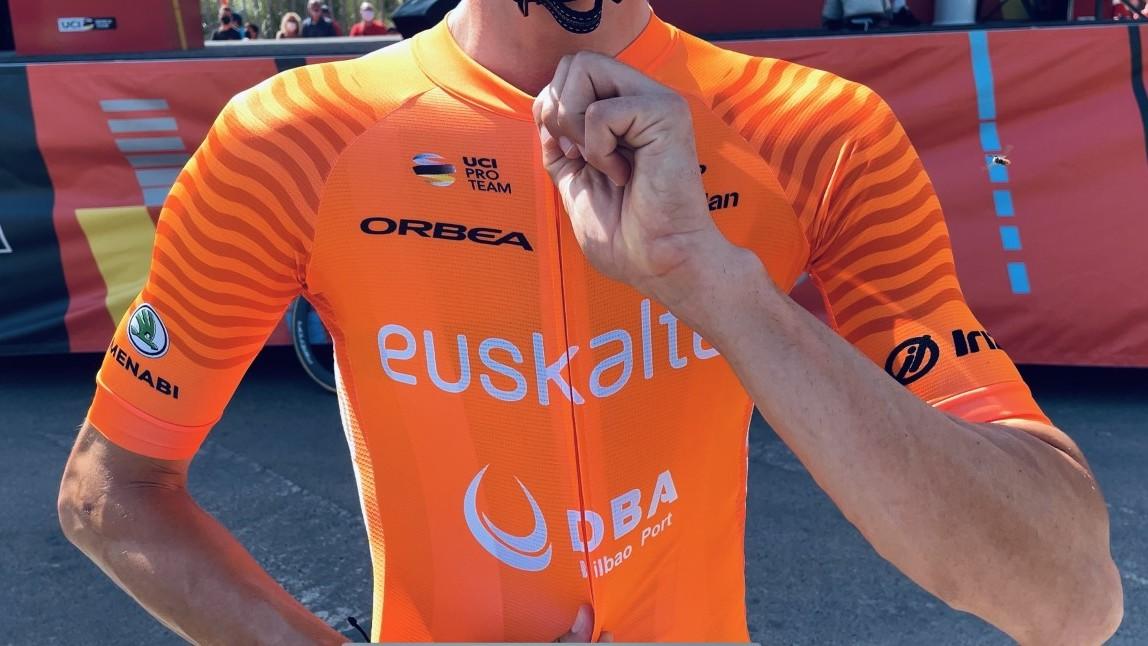Fashions in cycling, who sets the trend in cycling clothing?
A few days ago, on the second rest day of the Vuelta a España, I asked an ex-professional cyclist and still a regular practitioner why he wears long socks on the bike instead of short ones. Some leave an annoying sun mark and others try to hide it. “I don't know how to tell you the reason, honestly”, he answered me. "For the same reason that jeans are now worn tighter and recently they were worn," he added.
That was the clue that gave rise to trying to discover the reasons that move the fashions of the textile industry in cycling.
"As in most sports, innovations in cycling are carried out in competition and from there they are transferred to the market. The amateur seeks to use the same clothes as the professionals," explains Esteban González, manager of the Veskin company.
This 100% company is one of the few that currently manufactures all its cycling clothing in Spanish territory. They know and are interested, as is logical, in analyzing the trends that govern fashions in cycling.
Does anyone know how to heal an infected cut from home? #replytweet
— Dying Inside Mon Nov 11 05:05:41 +0000 2013

“Years ago jerseys were thick, until not long ago they were made of wool. Today they are practically a second skin. We work with synthetic fibers and the seams are minimal”, describes González.
"Everything has a reason. If you are looking to reduce the amount of fabric, it is to look for aerodynamics. Today silicone bands have been adopted, to prevent that second skin from peeling off the body, ”he adds”
Technology not only influences clothing, it also marks life habits. For example, "the pockets of the jersey have grown a lot in recent years and also now they are demanded with a zipper because we all ride a bike and take our mobile phones with us," says the Asturian manager.
Women's cycling has created another ad hoc market
Another of the conditions that have come to stay in the textile industry is the demand for exclusive garments for female athletes.
Every day there are more female runners on Spanish roads and, as Irene López clarifies, "before they were satisfied with designs made for men, but today it is no longer mandatory." Veskin's technical director explains how patterns change between men's and women's cycling clothing.
“The jerseys are more fitted, the distance between the shoulders is less and the colors are also usually different. Regarding shorts, women's today have exclusive shapes, in the closures, in the straps to avoid the chest or in the sizes of the chamois”, she analyzes.
The track at the end has led to a complex industrial network, something understandable when it comes to one of the most thriving industries, the cyclist, in recent years.
The global coronavirus pandemic ended up triggering a bicycle fever that shows no signs of slowing down.










Related Articles